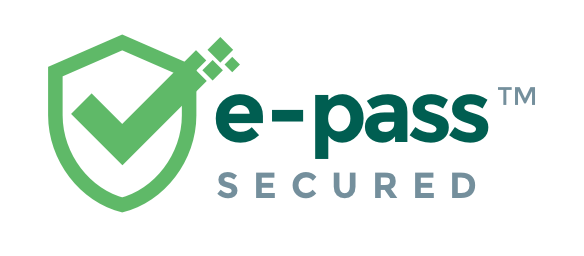- ________________________________________ typically include accounts payable, accrued expenses, accrued taxes, deferred taxes, pension obligations and other retirement benefit obligations.
operating liabilities
- Using the above information, calculate Zonk's weighted-average cost of capital:
a.
11.5%
b.
7.97%
c.
7.48%
d.
10.90%
b.
7.97%
- Assume that Zonk is a potential leveraged buyout candidate. Assume that the buyer intends to put in place a capital structure that has 70 percent debt with a pretax borrowing cost of 14 percent and 30 percent common equity. Compute the revised equity beta for Zonk based on the new capital structure.
a.
4.35
b.
4.77
c.
4.34
d.
3.91
a.
4.35
- Assume that Zonk is a potential leveraged buyout candidate. Assume that the buyer intends to put in place a capital structure that has 70 percent debt with a pre tax borrowing cost of 14 percent and 30 percent common equity. Compute the weighted average cost of capital for Zonk based on the new capital structure.
a.
8.85%
b.
12.56%
c.
13.01%
d.
9.94%
a.
8.85%
- Equity-based valuation models are based on all metrics except
a.
dividends
b.
cash flow
c.
working capital
d.
earnings
c.
working capital
- Firm-specific factors that increase the firm's nondiversifiable risk include all of the following except:
a.
exposure to interest rate changes
b.
exposure to inflation
c.
exposure to management competence
d.
exposure to cyclicality
c.
exposure to management competence
- Investors typically accept a lower risk-adjusted rate of return on debt capital than on equity capital because
a.
debt is typically less risky because fixed claims bear less residual risk than equity claims.
b.
equity bears less residual risk than debt.
c.
equity capital costs are tax deductible.
d.
the yield to maturity on equity is inversely related to its market value
Investors typically accept a lower risk-adjusted rate of return on debt capital than on equity capital because
- All of the following are steps in the analysis and valuation framework used to understand the fundamentals of a business and determine estimates of its value except:
a.
Analyze the firm's strategy in terms of the competition.
b.
Assess the quality of the firm's accounting and financial reporting.
c.
Derive forecasts of future earnings from the firm's projected financial statements.
d.
Obtain the national ranking of the firm's external auditors.
d.
Obtain the national ranking of the firm's external auditors.
- Under the cash-flow-based valuation approach, free cash flows can be used instead of dividends as the expected future payoffs to the investor in the numerator of the general valuation model because:
a.
this approach focuses on earnings as a measure of the capital that a firm creates.
b.
over the life of the firm, the free cash flows into the firm and cash flows paid out of the firm in dividends to shareholders will be equivalent.
c.
over the life of the firm, the free cash flows out of the firm for investments and cash flows paid into the firm in dividends from these investments will be equivalent.
d.
this approach focuses on wealth distribution to shareholders.
b.
over the life of the firm, the free cash flows into the firm and cash flows paid out of the firm in dividends to shareholders will be equivalent.
- . With respect to dividends and priority in liquidation, what has priority over common stock?
a.
treasury stock
b.
debt capital
c.
preferred stock
d.
nonconvertible common equity
c.
preferred stock


